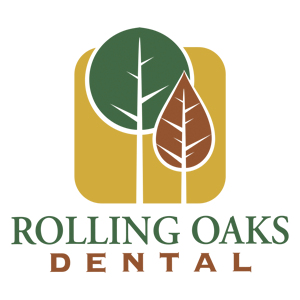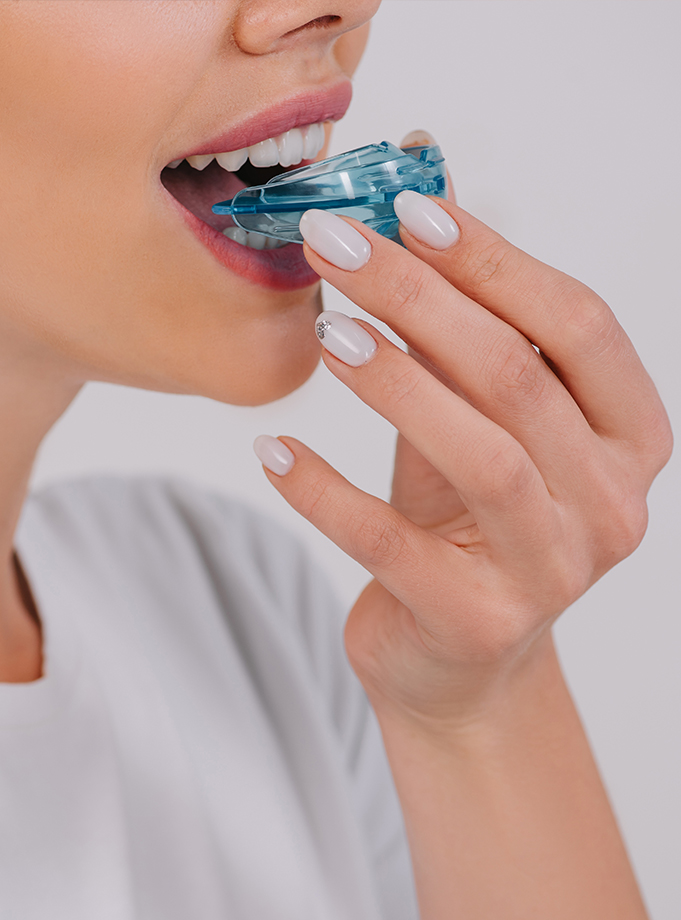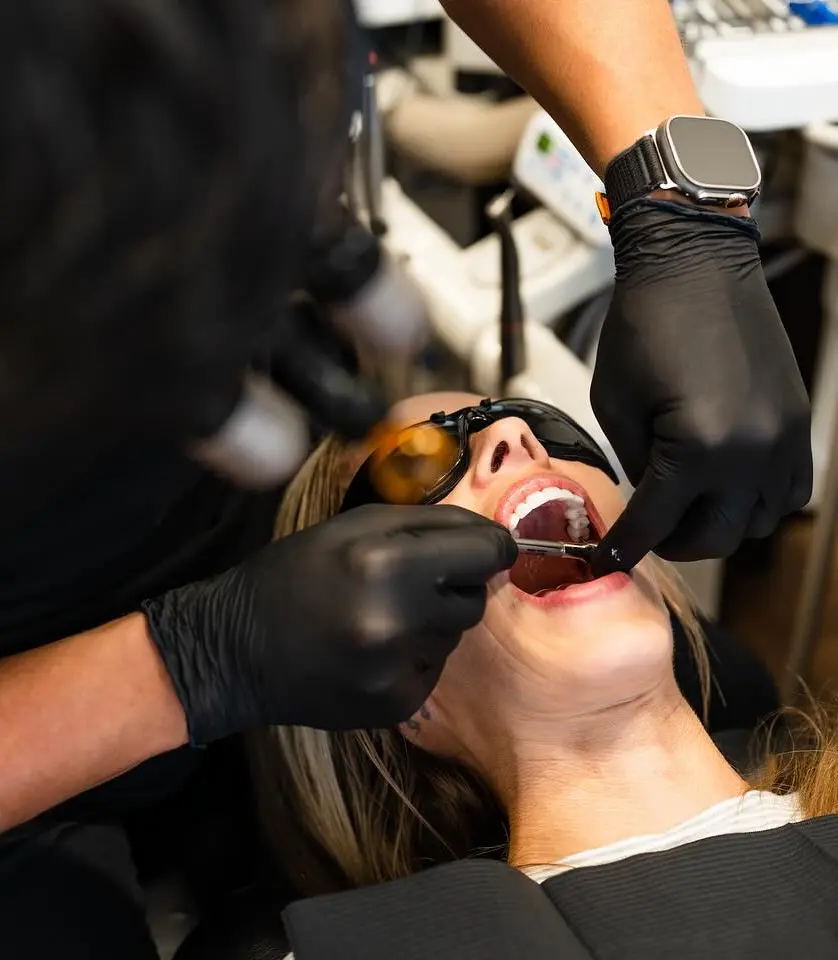Bruxism Explained
Bruxism means chronic grinding and clenching of teeth. This condition affects children and adults and often occurs unconsciously, so you may not even know you have it. Whether you are aware of your teeth grinding or not, this bad habit can seriously affect your health.
The good news is that your dentist can spot bruxism symptoms during routine exams. There are numerous symptoms, including:
- Migraines and headaches.
- Ringing in the ears (tinnitus).
- Facial, neck, and shoulder pain.
- Jaw soreness.
- Cracked, chipped, or flattened enamel.
- TMJ-related pain.
The force exerted when grinding teeth overworks your jaw muscles and joints, resulting in numerous aches and pains. Furthermore, severe bruxism causes significant dental damage that requires crowns and root canals to restore teeth. Sometimes, your teeth may be beyond repair, warranting removal. If you suspect bruxism, don’t “wait it out.” Instead, have it treated immediately to save you discomfort and costly treatments.
Treating Bruxism at a Dentist’s Office
Bruxism is a condition that affects many patients, but its exact cause has not yet been pinpointed by medical doctors. However, stress, certain medications, anxiety, and sleep apnea have been found to be linked to bruxism.
When Dr. Dougherty interviews a new patient, it is not uncommon for him to have a discussion about the quality of their sleep and whether or not they make noise or snore when they sleep. This goes for both children and adults. Before making any type of appliance, it is often suggested that patients with symptoms associated with sleep apnea and sleep-disordered breathing issues visit a medical doctor first. There are many times when the root cause of a patient’s bruxism lies in improving the quality of their sleep, and this is a better place to start for many patients.



